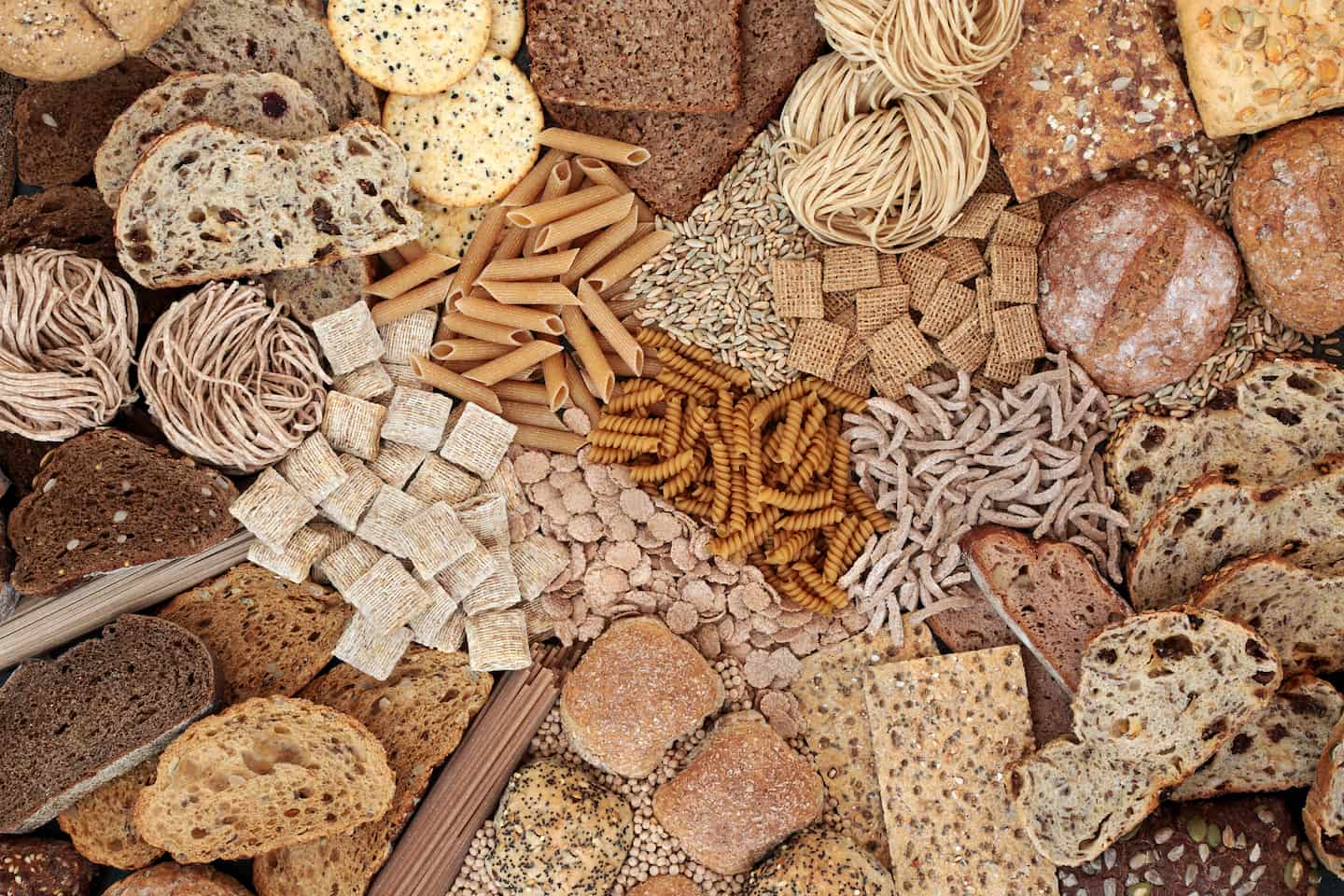
Carbohydrates aren’t bad. In fact, your body needs some carbs to function well. Too many, especially the processed, fast-digesting kind, can lead to some pretty frustrating (and sneaky) health issues.
Let’s talk about carbs. Because for many of us, they’re the comfort foods we reach for when we're tired, stressed, or just trying to get through the day. Think bread, pasta, crackers, chips, cookies, even that “healthy” granola bar.
Carbohydrates aren’t bad. In fact, your body needs some carbs to function well. But too many, especially the processed, fast-digesting kind, can lead to some pretty frustrating (and sneaky) health issues.
Let’s break it down in plain English.
Carbs break down into glucose (sugar), your body’s go-to fuel. But here’s the catch: if you’re constantly eating refined carbs like white bread, pasta, pastries, or even fruit juice, your blood sugar spikes up fast—and then crashes.
Example: You eat a bagel for breakfast. You feel great for an hour. Then? Sluggish, irritable, maybe even shaky by 10:30 AM. So you grab more carbs (a granola bar or a latte), and the cycle repeats.
Over time, these constant sugar highs and lows can leave you exhausted, foggy, and moody. You’re feeding yourself, but you’re not fueling yourself in a steady, sustainable way.
Here’s where the story gets sticky. When your body gets more glucose than it needs for immediate energy, it stores the extra… as fat.
And it’s not just about calories in vs. calories out. Yes, portion size matters—but the type of calories matters just as much.
Example: 300 calories of soda gets processed very differently than 300 calories of salmon and broccoli. The soda spikes insulin (your fat-storing hormone) and leaves you hungry again. The salmon and veggies keep you full, satisfied, and metabolically happy.
Over time, a high-carb diet, especially one rich in refined carbs, can cause weight to creep up, even if you feel like you're not overeating.
When your body is exposed to too much glucose over and over, it starts to resist insulin’s message to take that sugar into your cells. That’s called insulin resistance—and it’s the first step toward prediabetes and type 2 diabetes.
Think of insulin like a key trying to open a locked door (your cells). When there’s too much sugar coming in too often, the door gets jammed. Sugar builds up in your blood instead of getting used for energy. That’s when serious health problems start.
The good news? This process is often reversible with diet and lifestyle changes.
Here’s a surprising truth: Eating too many carbs (especially sugar and white flour) can mess up your cholesterol even more than eating fats.
How? A high-carb diet can increase triglycerides and LDL (“bad” cholesterol) and reduce HDL (“good” cholesterol).
A daily diet of bagels, muffins, and pasta, even if it’s “low-fat”, can silently increase your heart risk over time.
Let’s be clear: you don’t need to cut out all carbs. What matters is the type and timing.
Choose carbs that come from nature, not a factory. These include:
These carbs come with fiber, vitamins, and antioxidants that support your metabolism, gut, and brain.
On the flip side, limit the ultra-processed stuff. If it comes in a box or a bag with a barcode, it’s probably not the best choice:
The Emotional Side: Carbs and Cravings
Carbs light up the brain’s pleasure centers which is why they’re so comforting. But too much of them can actually increase cravings, not satisfaction.
Example: You eat a cookie to feel better. It gives you a dopamine hit. But 30 minutes later, you want another cookie. And maybe a nap.
This cycle can lead to emotional eating, brain fog, and feeling like your willpower is broken (spoiler alert: it’s not - you’re just working against your biology).
Several years ago I discovered Glucose Goddess (aka Jessie Inchauspé). If you haven’t heard of her, run, don’t walk, to follow her on Instagram and read her book, Glucose Revolution. She speaks of the importance of regulating glucose because spikes in blood sugar affect nearly every system in the body, and most people don’t realize just how deeply this impacts their health, mood, and long-term well-being (as we discussed above). She offers hacks you can use to minimize the effects of carbs on your blood sugar, and I use many of them daily. Here are some of my faves:
Bottom Line
Too many carbs, especially the refined kind, can affect your energy, weight, mood, cholesterol, and long-term health. But this isn’t about guilt. It’s about awareness and gentle shifts that give your body what it truly needs.
You don’t have to do it perfectly. You just have to begin.
Here's to carbs that love you back!